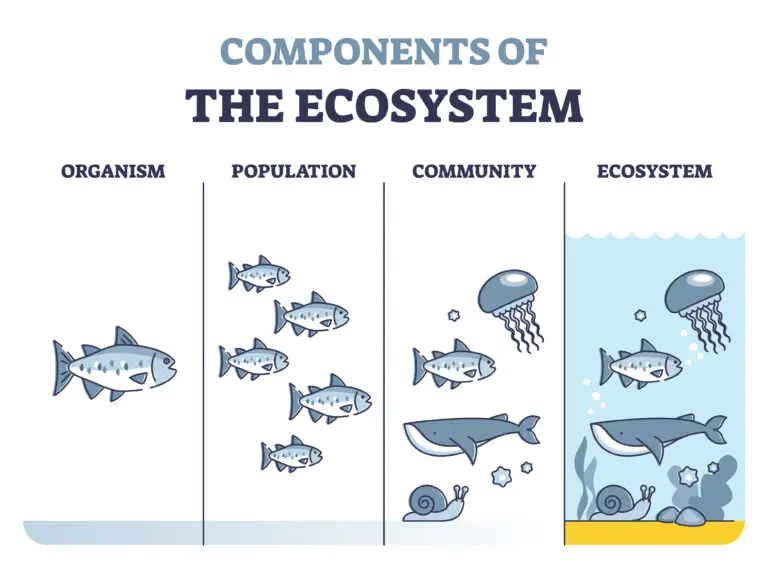Community

Table of Contents
Community in Biology
Community refers to a group of interacting populations of different species that occupy the same geographical area and are interdependent to some extent. A community includes all living organisms in a particular ecosystem and their relationships. The study of communities is a key aspect of ecology, focusing on the interactions, dynamics, and diversity of species within a defined habitat.
Importance of Community
Interaction and Interdependence
- A biological community is characterized by the interactions and interdependence among different species living in the same habitat.
- Interactions can include resource competition, predation, mutualism (symbiotic relationships benefiting both species), and parasitism.
Species Diversity
Communities exhibit species diversity, which refers to the variety of species present and their relative abundance. High species diversity is often associated with ecological stability and resilience.
Structural Components
Communities are composed of various structural components, including:
- Population: A group of individuals of the same species living in the same area.
- Habitat: The specific environment or place where a community resides.
- Niche: The role or function of a species within the community, including its interactions with other species and the environment.
Succession
Ecological succession is the gradual and sequential change of a community over time. It involves colonizing and replacing species in response to changing environmental conditions. Primary succession occurs in areas without previous life, while secondary succession occurs after disturbances.
Trophic Levels
Communities are organized into trophic levels based on the organisms’ roles in energy transfer and nutrient cycling. These levels include producers (plants), primary consumers (herbivores), secondary consumers (carnivores), and decomposers (organisms that break down dead organic matter).
Human Impact
Human activities can significantly impact biological communities through habitat destruction, pollution, introduction of invasive species, and climate change. Conservation efforts aim to protect and sustain healthy communities.
Related Links
Ecosystem
Habitats
Ecology
Trophic Levels